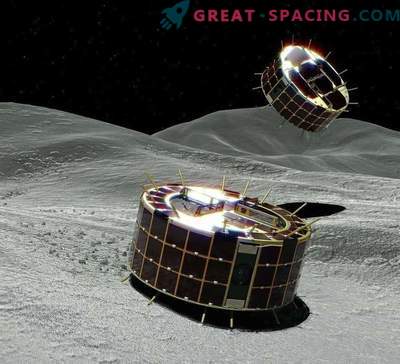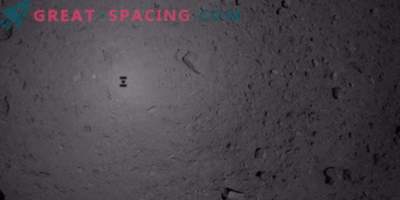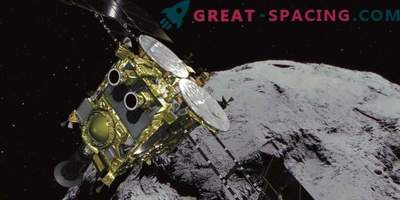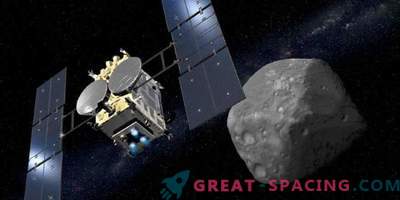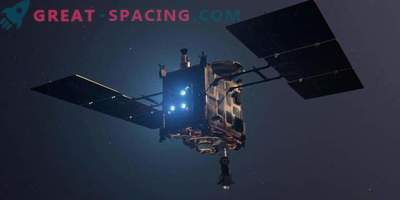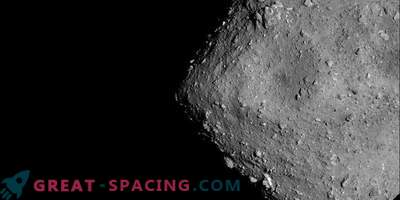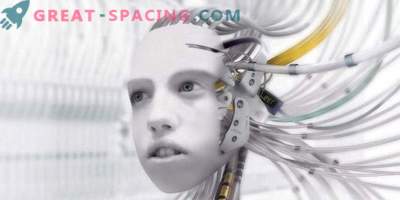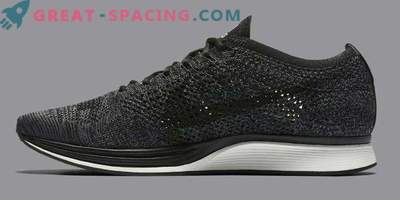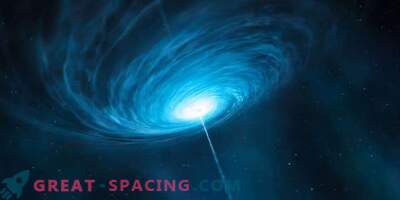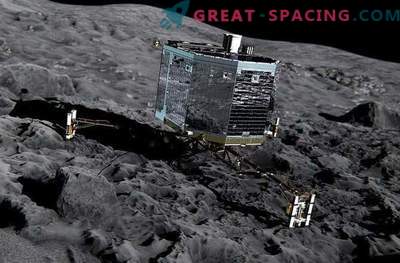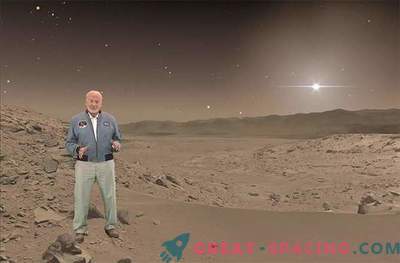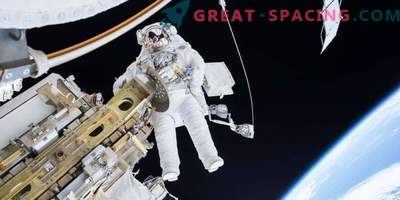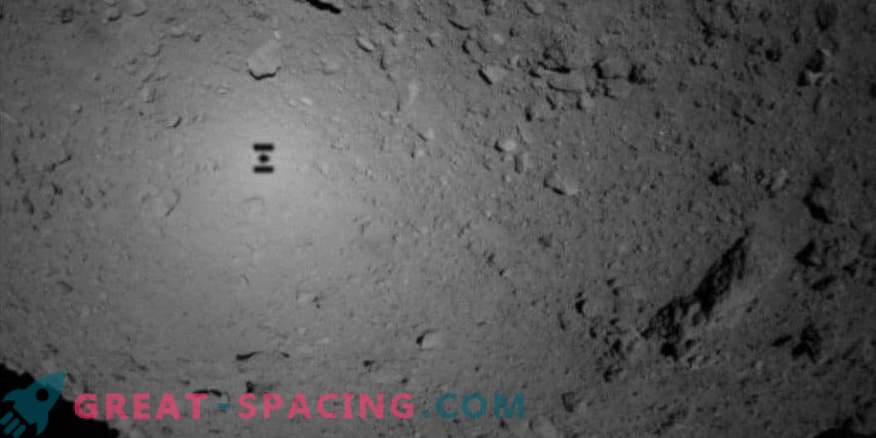
The Japanese ship Hayabusa-2 received this snapshot of the asteroid Ryugu (with its own shadow) on the night of September 20, 2018, when the probe was located at an altitude of 135 km above the surface of the rock. At that moment, the probe was preparing to deploy two tiny MINERVA-II1 vehicles onto an asteroid surface.
It seems that two tiny robots managed to get to the selected location on the asteroid Ryugu, but there is no information about their safety yet. Mini-robots MINERVA-II1A and MINERVA-II1B separated from the parent Japanese spacecraft Hayabus-2 on September 21 and headed towards the asteroid. The team confirmed the deployment of the rovers and established contact with them after that. Early in the morning contact was interrupted, but there is no reason to panic. The fact is that robots are at the far end of the asteroid.
But isolation on the far side is only a temporary delay. The 900-meter Ryugu performs one turn in 7.5 hours, so soon a couple of robots will be under the radio signal. While it is impossible to say for sure that everything is good (remoteness from the Earth is 300 million km).
Suffice it to recall at least the Rosette mission. In November 2014, the probe lowered the Fila landing pad onto the surface of comet 67P / Churyumov-Gerasimenko (4.4 km wide). The phylum had to be hooked on the icy surface with a harpoon, but it did not work, and it bounced several times until it froze in a shady place. The device did not have a large supply of solar energy to charge the batteries, so his work had to be interrupted. Engineers Hayabusa-2 are doing everything possible to reach out to the robots MINERVA-II1, but they have to wait. The cost of the mission is $ 150 million. The start came in December 2014, and arrival to Ryugu occurred in June 2018. Mini-robots in size reach 18 x 7 cm with a weight of 1.1 kg.
In early October, they plan to deploy a larger landing platform MASCOT, and in 2019 they will send the third MINERVA-II2 to the surface. Also in 2019, the ship will launch a percussion (non-explosive) device in the direction of Ryug. Created crater will collect previously intact material samples that will be delivered in a return capsule to Earth in December 2020. Scientists need to explore the asteroid composition in order to understand the early history of the solar system and understand what role carbon-rich asteroids played in the delivery of vital components to our planet.
Robots that come down to the surface are different from rovers, because their movement is characterized by leaps (low gravity conditions are not predisposed to traditional rovers). One jump should last 15 minutes and cover 50 m.

